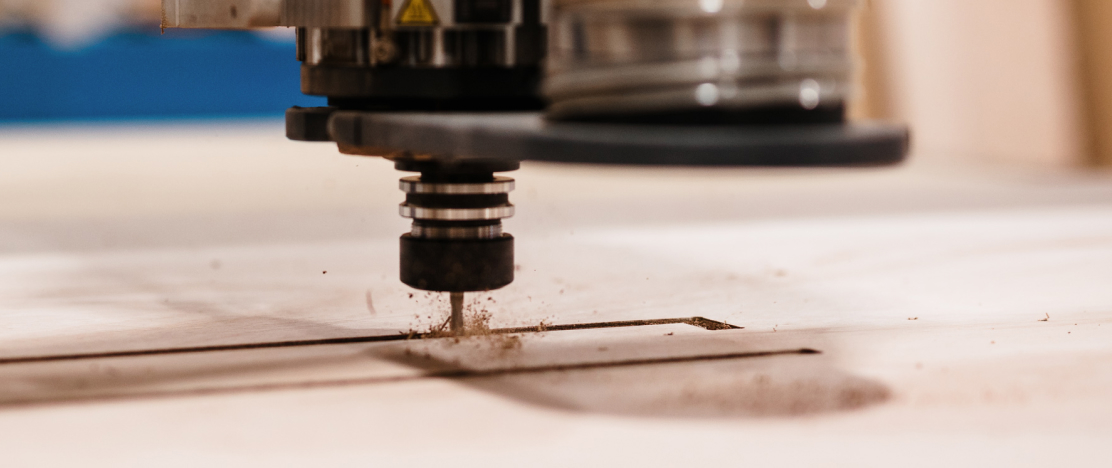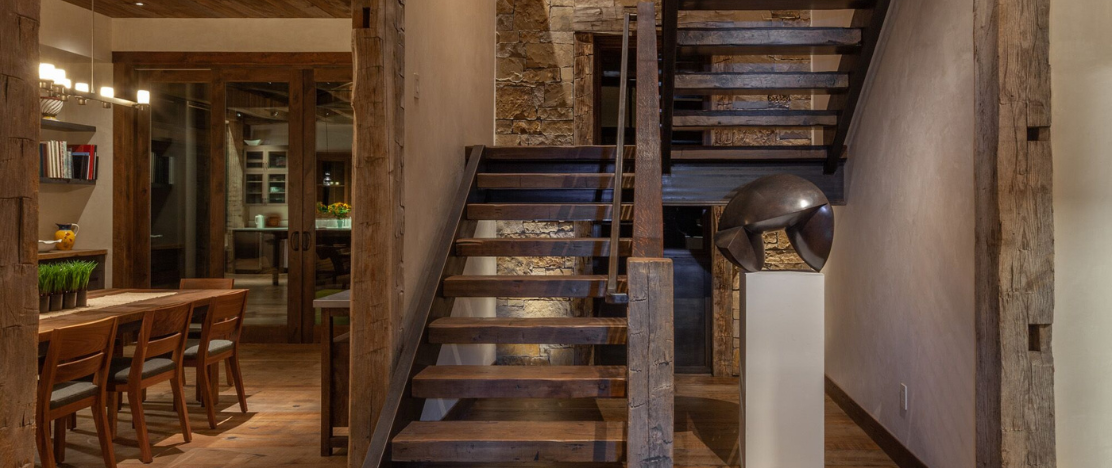Deck Board Profiles Explained
There’s more to choosing decking than just picking the material. You also need to choose a deck board profile. There are three main profiles: solid, grooved, and tongue and groove. Different profiles can impacts the performance and appearance of your deck. So, be sure to choose the right decking profile for your project.
Solid Deck Board Profile
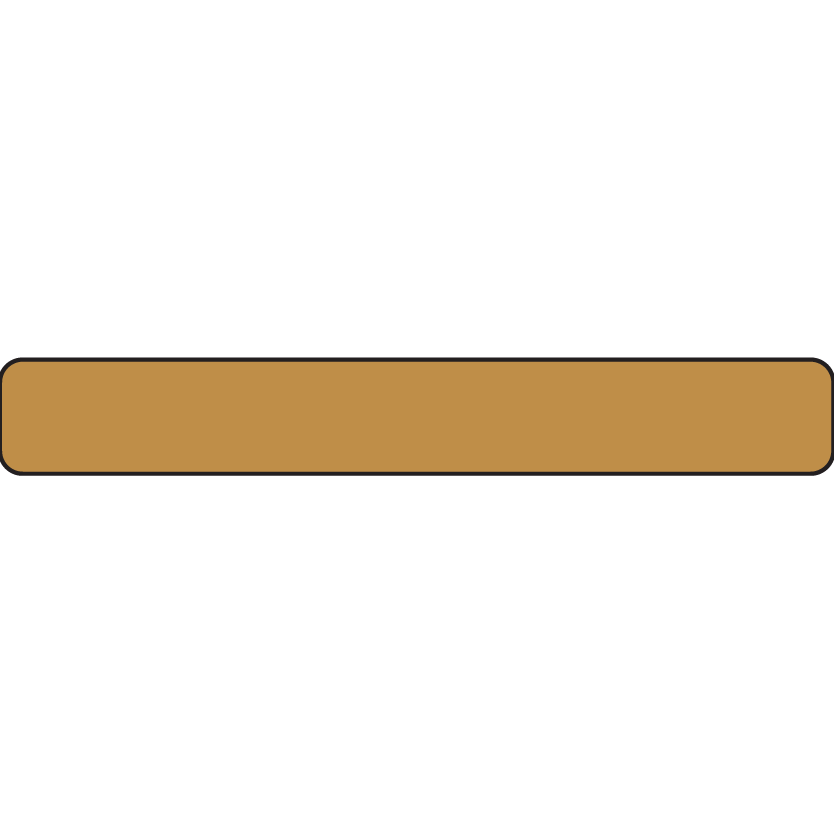
Solid decking, also square decking, is a traditional option where the deck boards’ sides are smooth, without any grooves or channels.
Why are Deck Board Edges Rounded?
Deck boards usually have eased (rounded) edges. Manufacturers round the edges during the milling process for a number of reasons, including helping prevent the wood from splintering, allowing water to easily drain between boards, and ease of handling.
Solid deck board profiles are the classic option for wood and manufactured deck boards. Cedar, ipe, and red batu can be face fastened with colour-matched screws or a screw and plug system. Additionally, you can also install solid wood deck boards with an edge fastening system like CAMO, where the fasteners go through the side of the board and are virtually out of sight.
You can also face fasten composite and PVC solid decking with colour-matched screws, screws, and plugs, or a hidden fastener system. If you’re using a hidden fastener system, it’s important to note that there are many systems and they’re made to work with specific product lines. Always make sure the fastener system you want to use will work with the selected decking products.
After choosing a wood species and profile, the last decision is to choose the board size.
Grooved Deck Board Profile
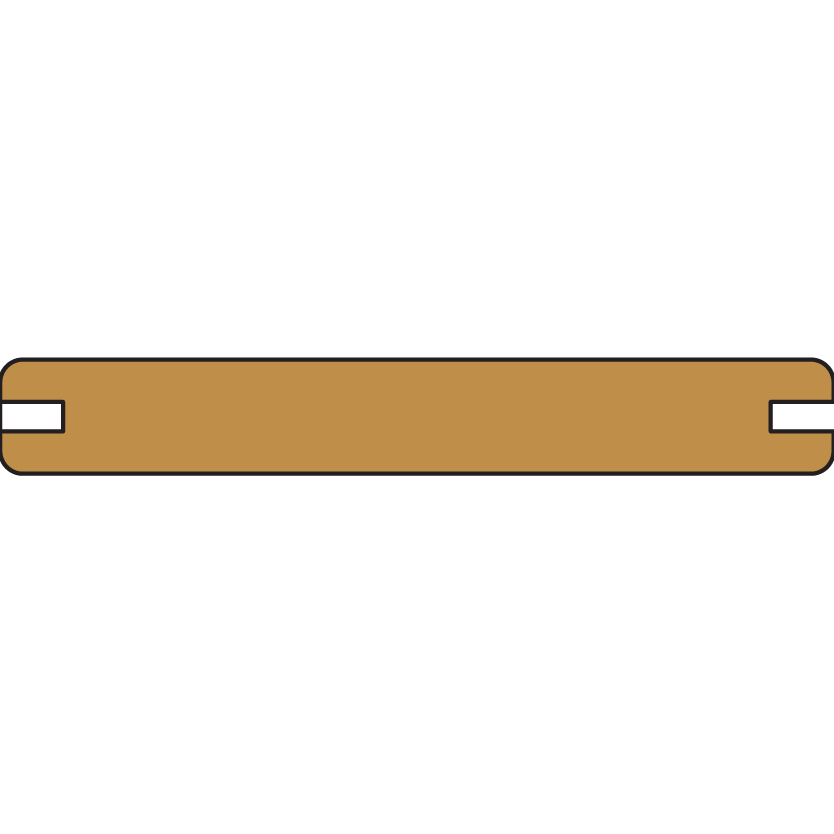
Grooved decking features channels or grooves along the sides of the boards. Manufacturers design these grooves to accommodate hidden fasteners, which results in a smooth and sleek appearance for the deck surface.
Commonly associated with composite and PVC decking, but some manufacturers also have it available for wood deck boards. The biggest advantage of grooved decking is the fastener-free appearance. There are a variety of clip and bracket systems to choose from, but again, it’s important to make sure the system is compatible with the deck board profile you’re using.
Another thing to keep in mind when working with grooved deck boards is that you should not use them exclusively for your deck. Grooved boards are great for the interior of your deck, but solid boards should be installed around the perimeter for a nice, clean edge.
After choosing a wood species and profile, the last decision is to choose the board size.
Tongue and Groove (T&G) Profile
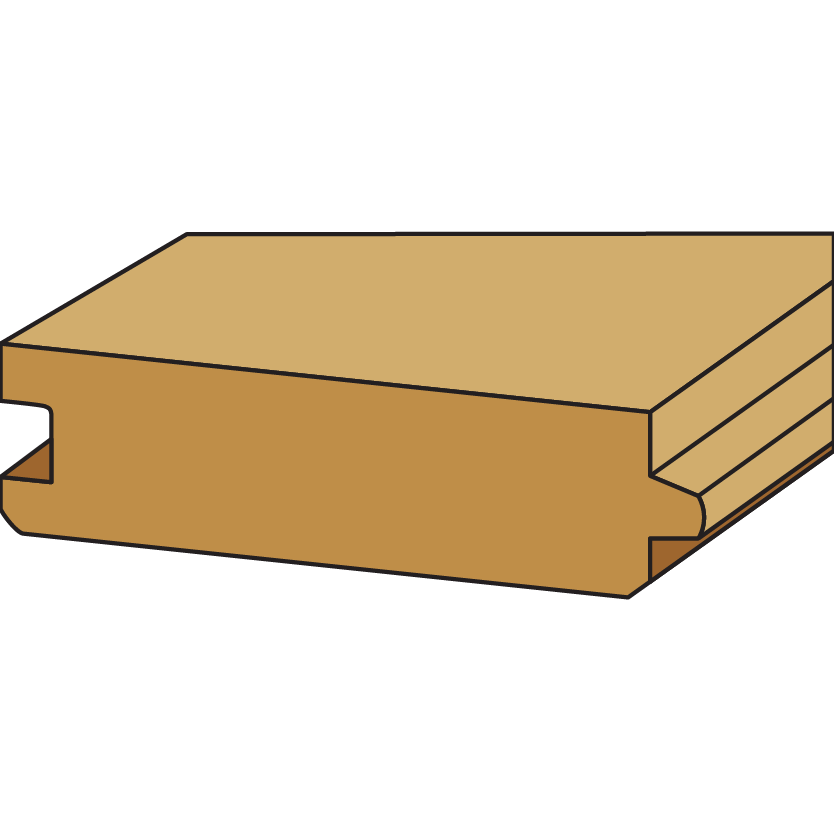
T&G decking features boards with interlocking tongues and grooves that fit snugly together, creating a tight and seamless connection.
A third decking option is T&G. Builders should only use this type of profile for covered or enclosed decks, as it doesn’t allow for water drainage between the boards. Because of the installation limitations, people also call this type of decking porch decking.
T&G decking is available in different wood species and from a handful of composite and PVC deck manufacturers.
For installation, you’ll need to securely fasten the first board and then treat it like any other T&G product, attaching the boards through the tongue. The fastener should be stainless steel or coated to prevent corrosion.
Additional Profiles
When using composite or PVC boards, there are two additional terms to know: full board profile and scalloped profile.
Full Board
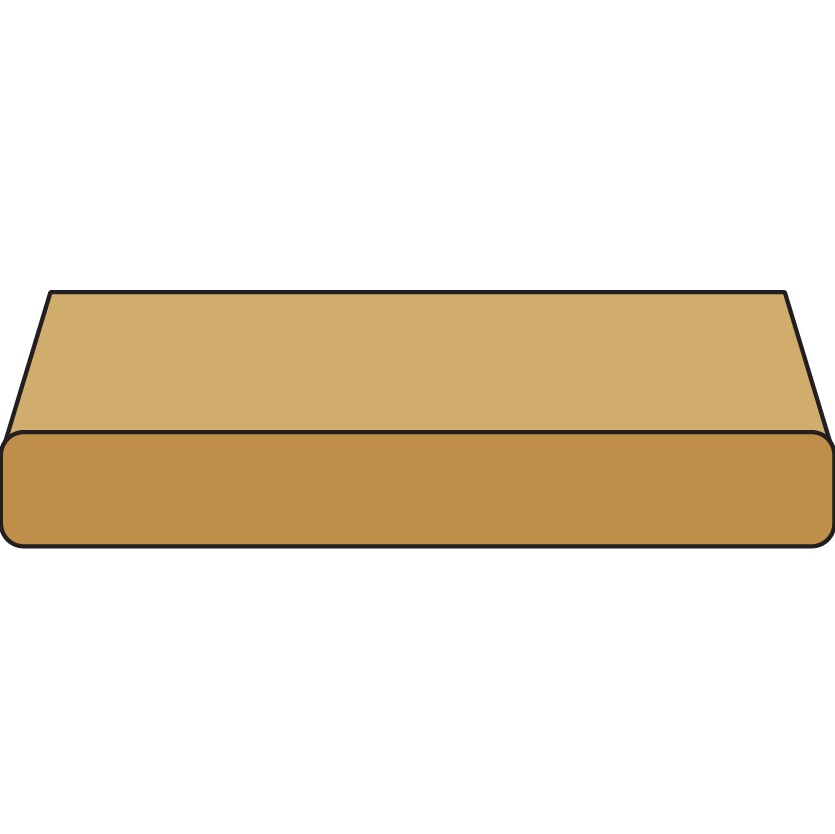
Scalloped
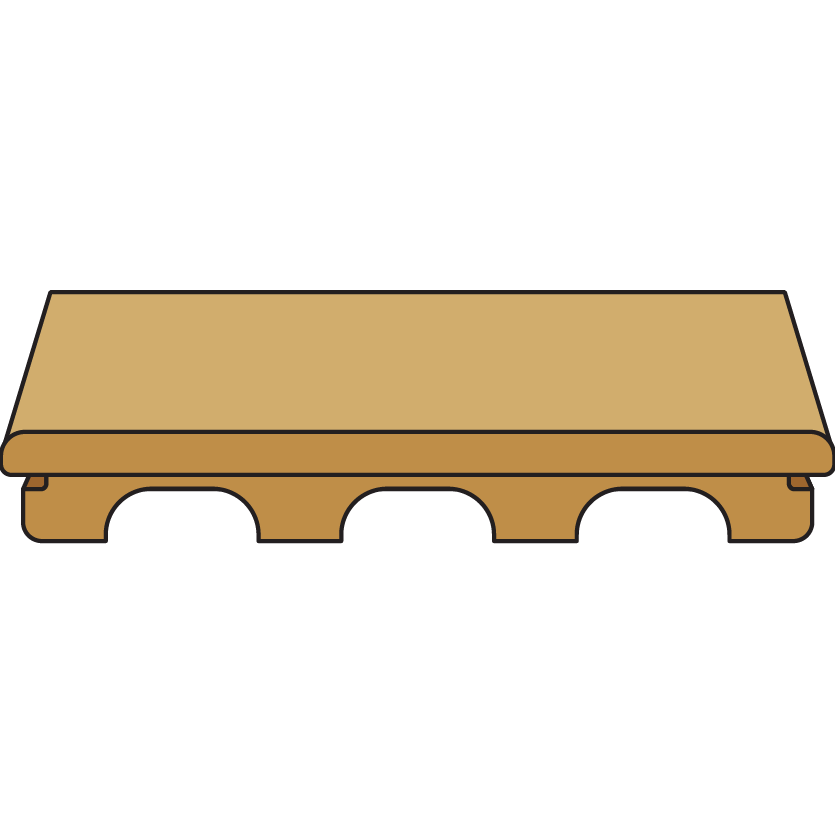
Full board composite and PVC deck boards are solid on all four sides. Depending on the product line, manufacturers could cap three sides or all four sides in PVC. Scalloped boards have ridges on the bottom of the board. Manufacturers create this type of profile for its cost-saving measures and also to make the board lighter and therefore easier to work with. Manufacturers could cap scalloped boards in PVC on all four sides, or they could cap them only on the top and sides.
Full board and scalloped profiles are independent of solid and grooved boards, meaning you can have a:
- Full board solid profile
- Full board grooved profile
- Scalloped solid profile
- Scalloped grooved profile
There’s no right or wrong option when it comes to deck board profiles. Choosing the right decking will depend on your specific project, your design aesthetic, and your budget. Solid decking is ideal for clean and stable surfaces, grooved decking provides a seamless and modern look with hidden fasteners, and T&G decking is perfect for covered or enclosed decks.
For help choosing the best decking profile for your project, reach out to a salesperson who can answer questions and put together a quote for materials.
"*" indicates required fields
